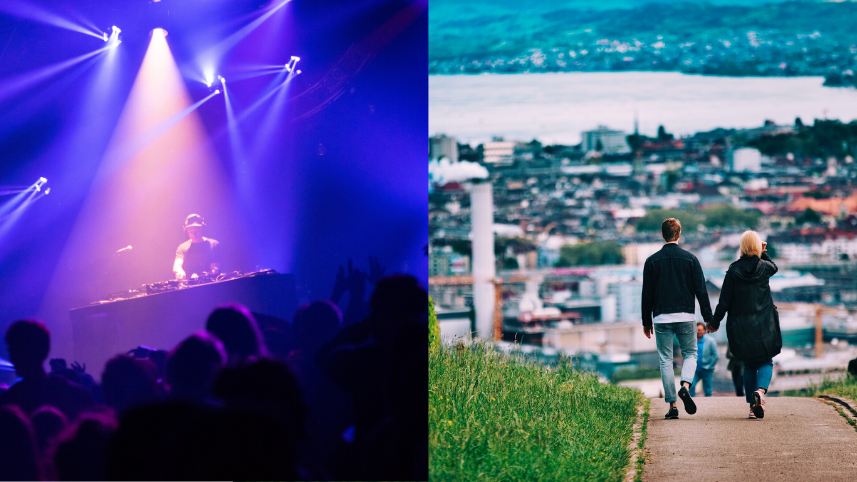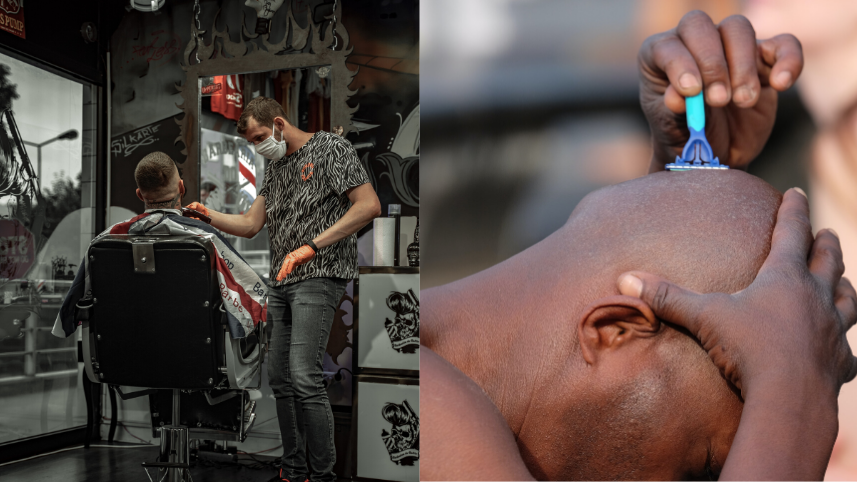Check out our entire series explaining the science involved in the coronavirus pandemic. Sign up to receive our coronavirus update each week.
For months, public health guidance was clear: if you don't have to go out, don't. The goal was to slow the spread of coronavirus and "flatten the curve." And at least as of a month ago, the curve seemed to be flattening in many places. This article does a nice job illustrating the trends in case numbers across the U.S.
But now, many states are lifting some restrictions, so we have a lot more choices about how to behave, with no definitive guidance from public health authorities. In Part I of "How do I decide what's safe," we ditched the question "Is it safe?" in favor of two new questions: "How safe is this relative to other activities?" and "Can we modify this activity to make it safer?"
Each of us should ask ourselves these two questions about each new activity we consider. And not just for ourselves. The curve may have flattened, but the virus is not gone. The choices we make affect our whole community. That's why I like the image of a piggy bank. Instead of thinking "I can do whatever I want, as long as I'm careful," perhaps it would be better to think "I want to contribute as little as possible to the spread of this virus, so I will spend my social contact coins extremely carefully."
In Part I, we boiled the risk calculation down to just five factors:
- How big is the space you're in and how many people are in it?
- What's that space like?
- How long are you spending in that space?
- What are you doing in that space?
- How likely is it that there's an infected person in that space?
Let's do a risk analysis of two different scenarios. If you're a teacher, your students (and if my experience is any guide, your friends and neighbors, too) will no doubt generate many scenarios of their own:
The "I miss my friends" scenario
Which is riskier?




